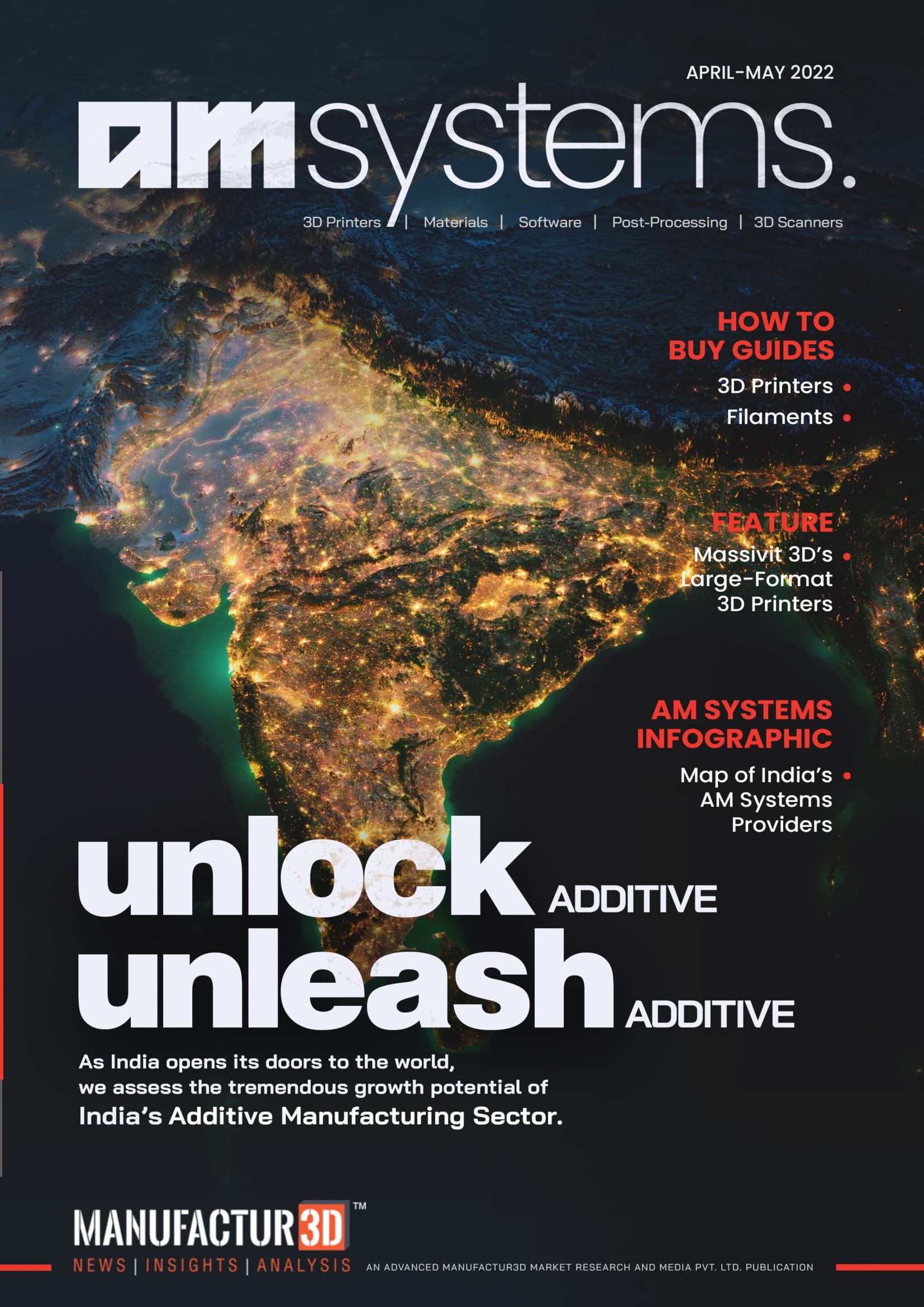
A circular economy is gaining prominence in a world grappling with resource scarcity and the imperative to reduce greenhouse gas emissions. Within this evolving landscape, additive manufacturing (AM) is emerging as a pivotal tool like 3D printing subsea parts for converting material waste into new products. Countries worldwide are embarking on a journey to transform their economies into more circular systems, necessitating a fundamental reevaluation of how we produce, reuse, repair, and recycle. A recent pilot project involving Aker Solutions, Aker BP, F3nice, and Additech exemplifies the transformative potential of AM in this context.
This initiative underscores the significance of 3D printing in addressing current challenges and preparing for future contingencies, such as deep-sea oil spills. Aker’s investment in both alternative energy and AM services through Additech demonstrates the company’s commitment to maintaining its position during the transition to a post-fossil fuel world. In the pursuit of a circular economy, innovations like this project by Aker Solutions signify a crucial step toward sustainable and responsible resource utilization in the energy sector.
Aker Solutions’ Sustainable Approach
Aker Solutions, a Norwegian oil exploration and development company valued at $13 billion, primarily operates within the Norwegian Continental Shelf’s petroleum resources sector. With approximately 30 percent ownership by industrial investment firm Aker ASA and 22 percent by BP, the remainder of Aker’s shares is held by various stakeholders, including banks and institutional investors like JP Morgan and State Street. Aker Solutions functions as the energy infrastructure division of this conglomerate.
To explore the utilization of recycled materials in high-performance applications, Aker Solutions collaborated with F3nice and Additech. F3nice specializes in manufacturing metal AM powders sourced from recycled materials, while Additech is a Norwegian 3D printing bureau owned by venture capital firm Clara Ventures, supported by Aker.
Additionally, in the context of sea-based oil rigs, 3D printing subsea parts offers the advantage of producing parts in close proximity to their point of use, minimizing lead times. While many oil and gas companies are exploring AM, shipbuilder Wilhelmsen stands out as a leader in 3D printing for offshore oil rigs and marine applications. They are even piloting the use of drones to deliver 3D printing subsea parts to vessels like the Berge Bulk ship.
Revolutionizing Subsea Well Protection with 3D Printing Subsea Parts

One notable outcome of this collaboration is the production of 3D printing subsea parts tubing hanger protectors for subsea wells. Subsea wells are crucial for oil and gas production, and tubing hanger protectors play a vital role in safeguarding the sensitive hydraulic and electrical controls during tubing installation.
Traditionally, these protectors are crafted from stainless steel, a material associated with a carbon footprint of 237 kg of CO2 emissions, primarily attributed to manufacturing and transportation. However, the adoption of 3D printing subsea parts for these components significantly reduces emissions to a mere 34 kg of CO2 per protector. The production process involves 3D printing protectors using a powdered blend of recycled scrap material sourced from workshops in Tranby, Norway.
Ådne Østebrøt, senior services specialist at Aker Solutions, highlights the efficiency of the 3D printing subsea parts process, which consumes a mere 13 kg of steel powder compared to the 227 kg required for conventional manufacturing and transportation. F3nice played a pivotal role in converting waste metal into additive powder, while Additech oversaw the laser powder bed fusion process using a DMG Mori Lasertec system.
Remarkably, more than 80 percent of the material used originated from waste metal from the Tranby site, reducing transportation costs and reliance on imported, carbon-intensive materials. Importantly, the entire process adheres to industry standards, including API Level 1 certification to DNV-SE-0568 for Additive Manufacturing Service Providers and Manufacturers and DNV-ST-B203 for Parts, Additive Manufacturing of Metal.
About Manufactur3D Magazine: Manufactur3D is an online magazine on 3D Printing. Visit our Global News page for more updates on Global 3D Printing News. To stay up-to-date about the latest happenings in the 3D printing world, like us on Facebook or follow us on LinkedIn and Twitter. Follow us on Google News.



